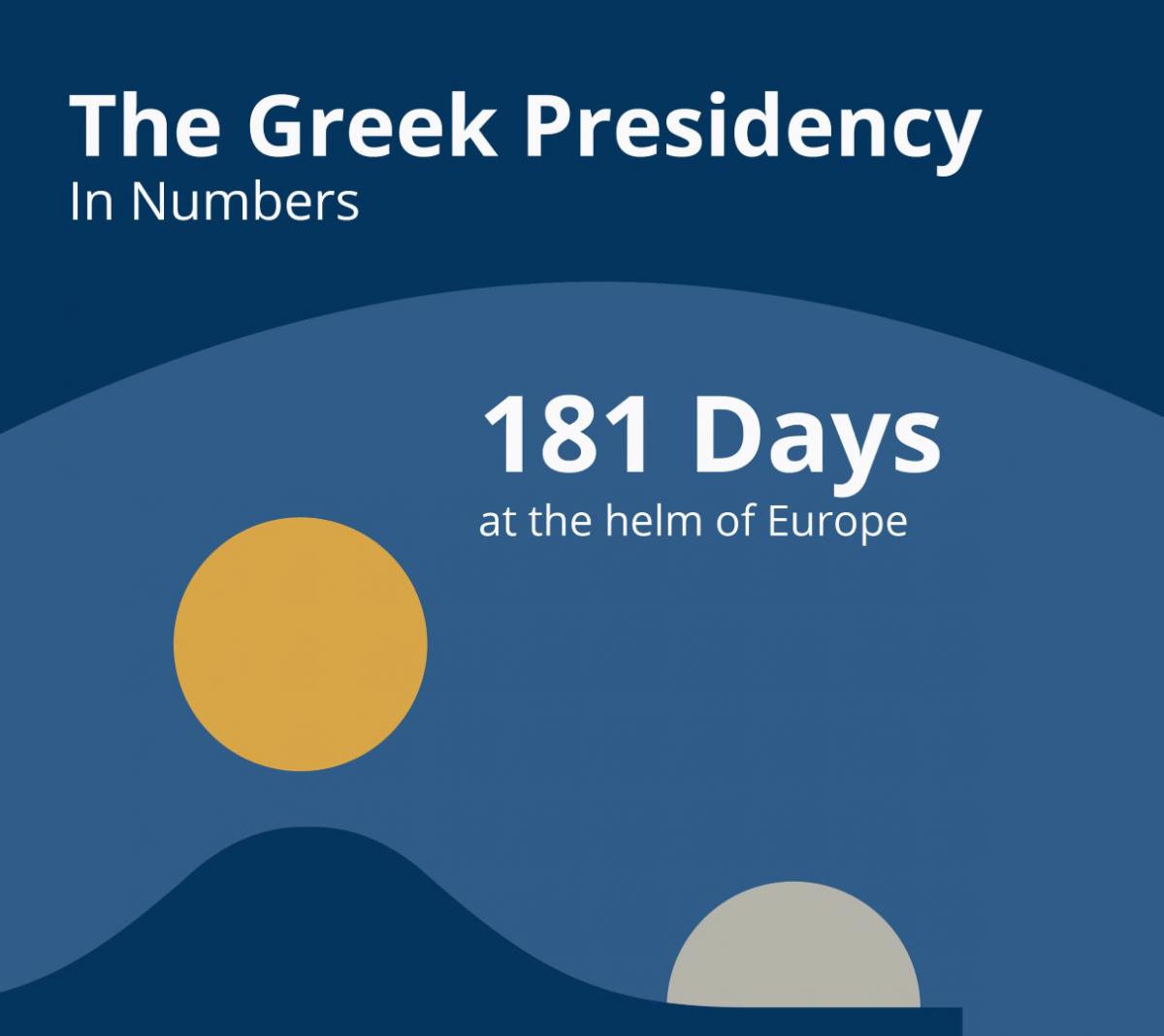- EYCSEducation, Youth, Culture & Sport (EYCS)
Cultural and Creative Industries: a comparative advantage for Europe and Greece
The so-called cultural and creative industries make one of the most dynamic sectors in Europe in the last few years. This sector has indeed proved to be particularly resilient to the current debt crisis and the recession, since after 2010 it has registered an annual growth rate of 10% and is expected to enjoy similar high levels of growth in the coming years. According to the prevailing definition, the term cultural and creative industries is used to describe businesses that deal with the conception, production, diffusion and distribution of commercialized goods and services incorporating knowledge, innovation, creation and culture as their basic productive input. It covers a wide variety of activities such as advertisement, architecture, design, mass media and social media, software, cinema, visual arts, literature, publications, theatre, music, photography, libraries, museums, art galleries etc.
This dynamic sector that can contribute decisively to the shift of the European economic and social model towards a sustainable, smart and inclusive economy is the subject of a Working Paper of the Bank of Greece, entitled “Cultural and creative industries in Greece. Can they pave the way out of the crisis?”, edited by the economist Dr. Sofia Lazaretou and published in February 2014.
In the EU-27, according to available statistical evidence, imports and exports of creative and cultural products fell in 2009 but have kept growing ever since, having reached in 2011 levels pre-existing the crisis. In 2011, EU-27 represented 38% of exports and 35 % of imports in the international trade of cultural and creative products.
In Greece, economic and social structural characteristics, such as enterprises of medium to very small size, a personal creative identity, productive and creative imagination, freedom of thought and critical approach, a privileged geographical position and favourable climatic conditions, provide a comparative advantage to creative and cultural sector enterprises. Even though the trade balance in cultural and creative products and services remains negative, the value of Greece’s participation in this sector’s international trade is raising considerably, while the services sector registers a constantly growing surplus. During the crisis, there have been instances where cultural and artistic creation flourished remarkably. The Greek National Opera, by adopting a more extroverted profile, involving direct contact with the audience by means of street performances and by ensuring alternative ways of financing other than state subsidies, managed to regenerate despite financial straits. The same goes for Greek cinema, which has lately been established as a well known brand name in the international market, with a rapidly increasing participation of Greek films at international festivals and with a raising income from film sales.
In order to support and promote these encouraging trends, it is necessary to adopt an integrated development strategy in culture, both at national and European levels. Apart from the issues of subsidies, tax reliefs and training, there is a need for more modern and flexible regulatory interventions towards the effective protection of intellectual property rights, competition enforcement and export facilitation. The European Union has launched the Program “Creative Europe 2014 -2020”, through which it is expected to contribute to the financing of activities and professionals of the cultural and creative sector. Its most significant added value lies in the introduction of a new Facility aiming to improve the access of cultural and creative SMEs and organisations to finance by providing credit risk protection to financial institutions building portfolios of loans and by supporting capacity/expertise building to correctly analyse the relevant risks.









